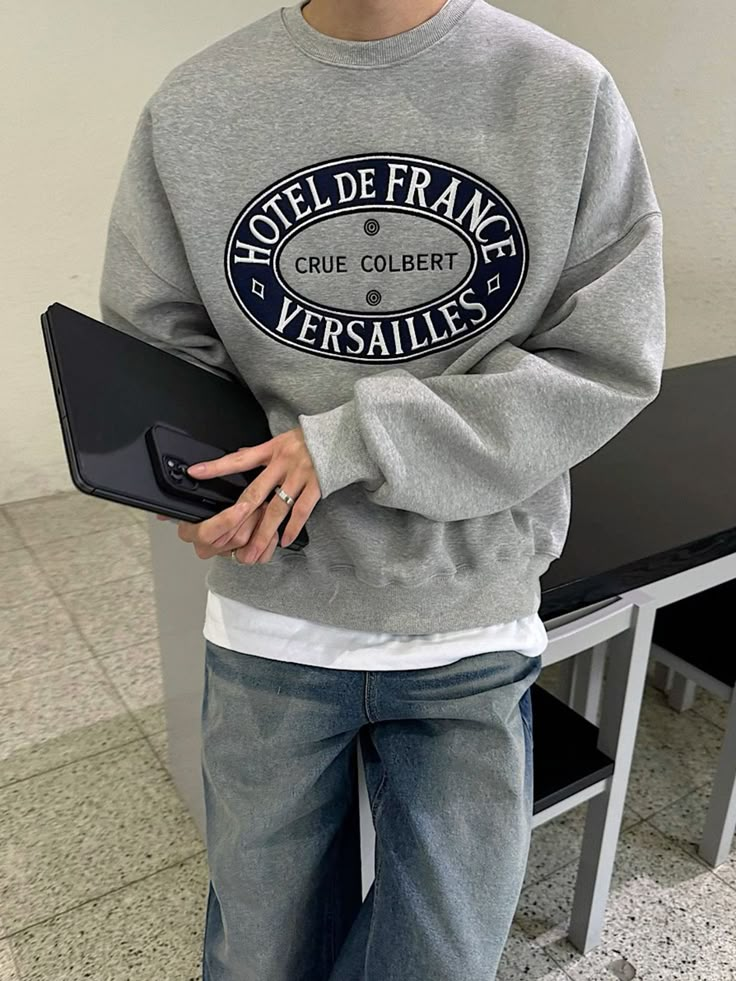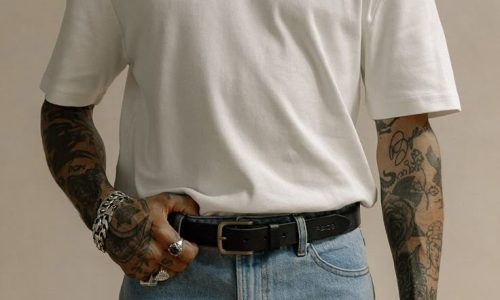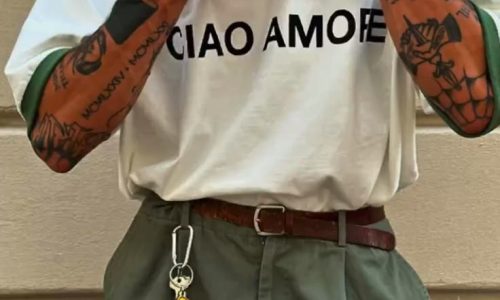
Layered Graphics: The Complex Visual Storytelling of 2025’s T-Shirts
Layered Graphics: The Complex Visual Storytelling of 2025’s T-Shirts
Introduction: The Rise of Graphic Complexity in Everyday Wear
The graphic T-shirt, once a symbol of simplicity and personal taste, has undergone a profound transformation. In 2025, what was once straightforward visual messaging has become intricate narratives layered with meaning, depth, and advanced design principles. From digital art collaborations to AI-generated imagery, layered graphics are reshaping the identity of modern fashion. These multi-dimensional visuals tell stories, evoke emotion, and offer insights into the cultural, political, and technological climate of the world. T-shirts are no longer passive garments; they are now canvases that communicate a vast array of themes, powered by both craftsmanship and cutting-edge innovation.
A Historical Glimpse into Graphic Tees
To appreciate the evolution of today’s layered graphic T-shirts, we must revisit their origins. In the mid-20th century, graphic tees were primarily used for branding, protest, or pop culture representation. Band logos, political slogans, and iconic images defined the early decades. Over time, they became more nuanced, with screen printing allowing greater detail and color range. Fast forward to the early 2020s, and the industry began experimenting with digital printing, augmented reality elements, and more. By 2025, this experimentation matured into a sophisticated design language driven by storytelling.
Technology Behind the Layers: Innovation Meets Aesthetics
The layered look of modern T-shirts owes much to advancements in printing and digital rendering. High-resolution sublimation printing enables vibrant colors and precise gradients. AI-assisted design tools allow artists to build intricate visuals from multiple image sources. Augmented reality integrations make designs interactive through smartphone apps, adding another level of immersion. These technological leaps have unlocked endless possibilities, turning a once flat surface into a multidimensional experience.
Visual Storytelling: Emotion and Narrative in Every Thread
Each layered graphic tee in 2025 is a visual journey. Designers are using contrast, texture, shadow, and perspective to build scenes that are as emotionally resonant as they are aesthetically pleasing. Political statements, social commentaries, environmental concerns, and personal experiences are woven into the visual DNA of each piece. Unlike past generations that relied on slogans or logos, the modern layered tee speaks through visual metaphor and symbolic structure.
Collaborative Design: Artists, Coders, and AI in Harmony
This new wave of graphic storytelling isn’t created by traditional illustrators alone. Coders, machine learning engineers, data visualizers, and augmented reality developers now sit beside graphic designers in the design process. Collaborations between human creativity and artificial intelligence produce pieces that are not only graphically impressive but conceptually rich. Each garment becomes a fusion of disciplines, offering a layered narrative that transcends artistic boundaries.
Cultural Reflection: Global Issues and Local Perspectives
T-shirts in 2025 serve as cultural time capsules. Climate change, mental health, identity politics, and technological anxiety find visual expression in layered graphics. Artists draw inspiration from their environments, integrating local traditions, patterns, and stories with global concerns. This fusion creates designs that are both universally understood and intimately personal. The result is a diverse spectrum of visual storytelling that respects cultural roots while pushing global conversations forward.
The Psychology of Depth and Dimension
Layered graphics influence how wearers feel and how observers interpret them. The use of depth creates a subconscious connection to complexity, inviting viewers to pause and engage with the message. Psychological principles of color theory, pattern recognition, and visual balance play into the design, influencing mood and interpretation. T-shirts are no longer read at a glance; they are examined, decoded, and discussed.
Sustainable Storytelling: Ethical Fashion Meets Graphic Innovation
Even as designs grow more complex, the fashion industry faces pressure to adopt sustainable practices. In 2025, eco-conscious brands are pioneering methods to produce layered graphic tees with minimal environmental impact. From organic dyes and biodegradable inks to blockchain-tracked supply chains, these innovations ensure that expressive fashion doesn’t come at a cost to the planet. Storytelling extends beyond visuals to include ethical production and transparent sourcing.
Consumer Participation: Personalization and Interactivity
Layered graphics have opened the door to customization like never before. Consumers are now co-creators, using digital platforms to adjust colors, rearrange layers, or embed personal data into designs. Through QR codes or AR tags, wearers can link their shirts to stories, music, or personal messages. Fashion in 2025 blurs the line between user and creator, offering a participatory experience that enhances emotional connection.
Retail and Presentation: How T-Shirts Are Sold and Displayed
In physical and virtual stores alike, showcasing layered graphics requires new display techniques. Holographic projections, rotating 3D previews, and immersive virtual fitting rooms help highlight the depth of each design. Retailers invest in storytelling as part of the shopping experience, educating consumers on the narrative and craftsmanship behind each piece. The result is a shopping journey that mirrors the complexity and innovation of the product.
Conclusion: Fashion That Speaks in Layers
The T-shirt in 2025 has evolved from a casual staple to a sophisticated medium of expression. Layered graphics encapsulate the fusion of art, technology, and culture, allowing wearers to communicate values, emotions, and perspectives with visual depth. This new era of fashion storytelling challenges both designers and consumers to look beyond the surface and embrace complexity. As we move forward, the T-shirt remains not only relevant but revolutionary—a wearable story layered with meaning and modernity.


